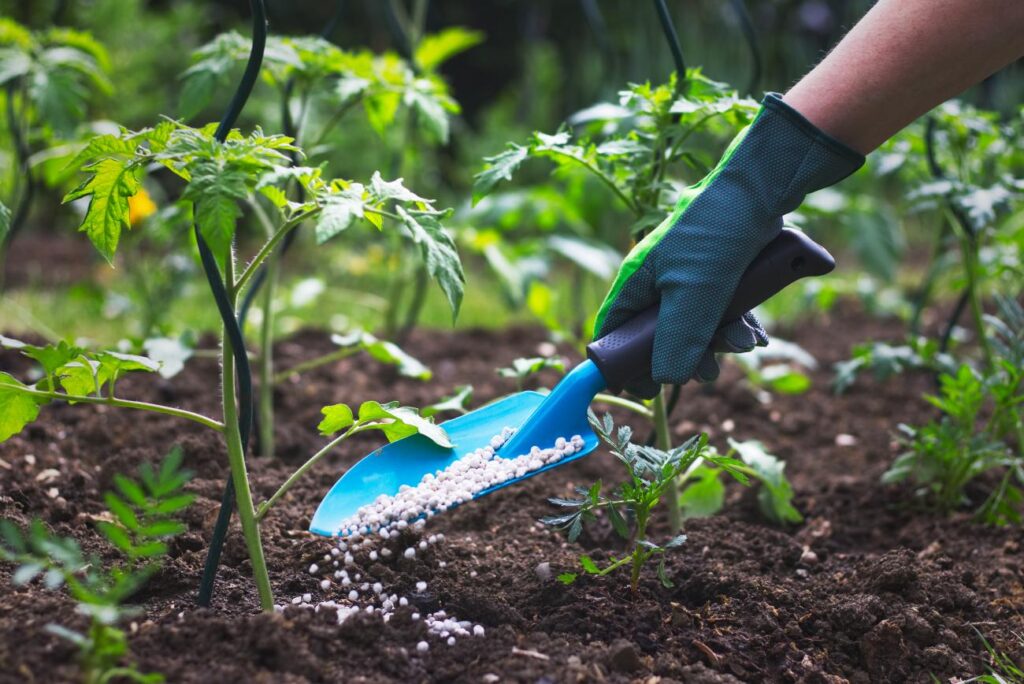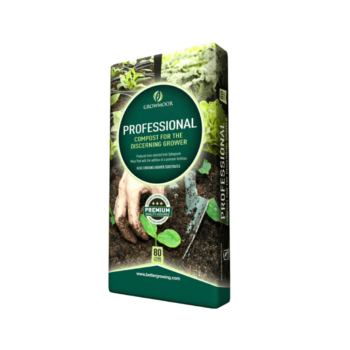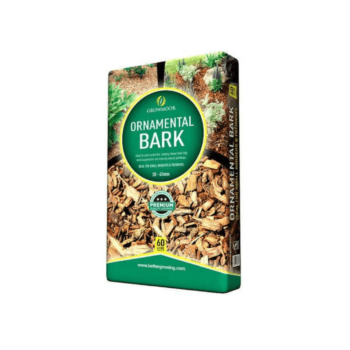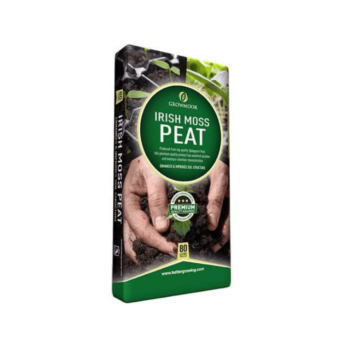We need fertilizer to help our plants develop, but when is the optimum time to apply it? And how much of each type of fertilizer do we use? We’ll go through the fundamentals of applying fertilizers in your garden.
If you’ve previously grown and harvested plants in your garden, those crops drew minerals from the soil, and those nutrients need be replenished in the spring before planting new plants. This is when organic or processed fertilizer comes into play. Fertilizers replenish lost nutrients, ensuring that soil nutrient levels are adequate for healthy development.
In addition to having soil that is rich in organic matter (compost! ), plants frequently require fertilizer to receive the nutrients they require. Consider fertilizers to be dietary supplements. Tomatoes, for example, require calcium-rich soil to thrive.
However, use fertilizer with caution: the only thing worse than depriving a plant of nutrients is mistakenly overfertilizing it. Plants only use the nutrients that they require. Absorbing more than is required might result in aberrant development or negative consequences.
Fertilize Your Garden
Fertilizer is frequently administered to edible crops in the spring and blended into the garden soil before planting. If you’ve previously planted seeds or seedlings, you may still work granular fertilizer (not liquid fertilizer, which can burn young roots) around the plants. It does not need to be worked deeply into the soil; the top 3 to 5 inches would suffice. The fertilizer should then be watered in.

What Kind of Fertilizer Should I Use?
A fertilizer bag will have a numerical combination such as 3-4-4, 8-24-8, or 12-12-12 on it. Nitrogen (N), Phosphorus (P), and Potassium (K) are the three most critical nutrients that plants require (K). The percentage of weight of each nutrient in the bag is represented by the numbers. When you combine the figures together, you get the percentage of the overall weight of the bag (the rest is simply filler to make it easy to apply). Other nutrients, such as calcium, magnesium, iron, and manganese, may also be present.
Phosporous is vital since it is required for root growth and development. Potassium improves the ability of plants to withstand illness. It’s worth noting that the nitrogen (first number) is lower. Have you ever come across tomato plants with beautiful foliage but no blossoms or fruit? This is due to an excess of nitrogen, which promotes leafy growth.
This is why we recommend Compost Fertilizer – Composts typically include around 2% nitrogen, 0.5–1% phosphorus, and 2% potassium. To hasten decomposition, nitrogen fertilizers and manure can be used. Compost nitrogen is released slowly and in modest amounts, reducing leaching and extending availability throughout the growth season. Composts are often treated in considerable quantities due to their relatively low nutritional value.
-
 80litre Professional Compost₦ 36,000
80litre Professional Compost₦ 36,000 -
 60litre Growmoor Rose,Tree & Shrub Compost₦ 19,656
60litre Growmoor Rose,Tree & Shrub Compost₦ 19,656 -
 75litre Growmoor Ornamental Bark₦ 33,000
75litre Growmoor Ornamental Bark₦ 33,000 -
 80litre Irish Growmoor Moss Peat₦ 33,000
80litre Irish Growmoor Moss Peat₦ 33,000

